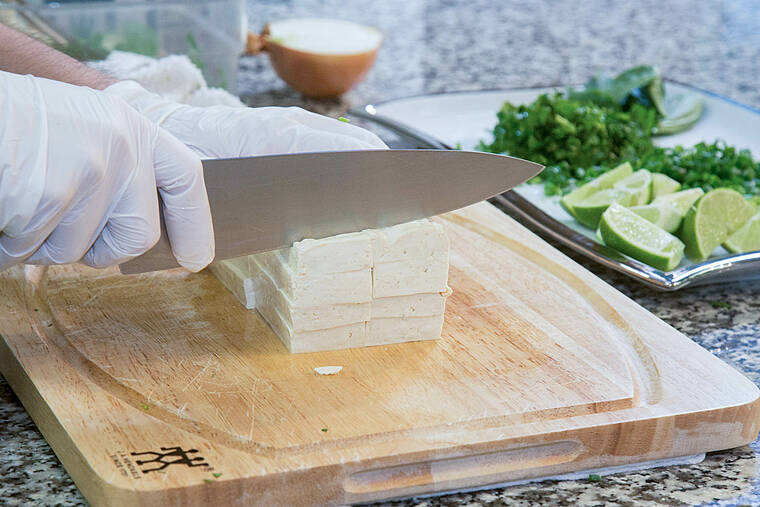Just a few years ago the eating patterns of America were influenced by busy lifestyles. For many, convenience foods and restaurant fare were more the norm than home-cooked meals made from scratch. With the pandemic and the increasing cost of food, we need to learn from prior generations of homemakers about how to stretch the food dollar.
Along with planning out weekly meals and developing the corresponding shopping list, homemakers created menus that focused on meeting nutritional needs rather than on foods that had a trendy “superfood” label. During these pandemic times, it’s more important than ever to do the same so your family can consume the nutrients necessary to maintain a healthy immune system.
The overall goal is to plan your menu for the week, so don’t forget to write a shopping list. Make sure to check what leftovers might be hiding in your refrigerator to prevent unnecessary food waste. A planned menu can also help consolidate shopping into a single food trip that saves time and gas. Also, a shopping list can help you figure out store sales by looking at prices online and perusing weekly specials. This will also help to avert impulse purchases.
Protein sources typically contain the greatest number of essential vitamins and minerals, and are critical to maintaining a healthy immune system. Unfortunately, high-protein foods tend to cost more, but casseroles and stews are great ways to mix animal and plant proteins while staying budget-conscious. For example, adding beans or crumbled frozen and thawed tofu to a recipe can add protein while lowering the cost of a meal. Likewise, cooking lentils with rice can make a great ‘dirty rice’ dish while adding protein.
A tip to consider: Buying meat and poultry with bones might seem less expensive, but remember you are paying for parts you can’t eat. If you can, however, use the bones to make a homemade stock so nothing goes to waste. A pressure cooker or slow cooker make it an easy task. A rotisserie chicken can be a bargain, especially because you get a break from cooking duties and can make stock from the bones.
Other money-saving techniques include replacing sandwich bread with corn tortillas or rice-paper wrappers, which are a fraction of the cost of a loaf of bread. Nearly any combination of leftovers can be turned into a hearty and flavorful soup or stew. Start with a bottle of sale-priced pasta sauce or salsa and add anything that might go to waste; even bread and lettuce can be added to make a successful dish.
Canned or frozen fruits and vegetables are often less expensive than fresh produce and have been shown to contain similar amounts of nutrients. Don’t be afraid to substitute one vegetable for another to take advantage of what’s on sale.
Food security means more than preventing hunger. It also entails consuming adequate essential nutrients. An easy way to fill any nutritional gaps in your diet is to take an inexpensive, moderate-dose multivitamin/mineral supplement. These cost only 10 to
15 cents a day.
Alan Titchenal, Ph.D., C.N.S., and Joannie Dobbs, Ph.D., C.N.S., are nutritionists in the Department of Human Nutrition, Food and Animal Sciences, College of Tropical Agriculture and Human Resources, University of Hawaii at Manoa. Dobbs also works with University Health Services.

